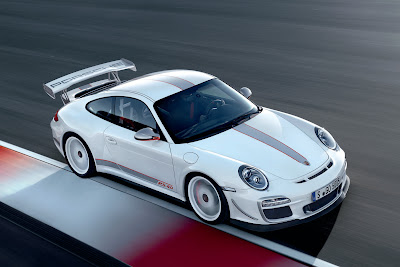100th anniversary of the Indianapolis 500 this year. In the first week of May, before the air is filled with the raspy voice supercharged engine, iconic racetrack will host the show gasoline-free when 12 teams from around the country race their solar-powered car in the Formula Sun Grand Prix. A group of engineering students from the University of New Mexico will be racing three-wheeled, single seat vehicle, Lobo del Sol, which can hit speeds up to 70 mph.
Four drivers will take shifts because their car lap around the 0.9 mile closed track with the aim of racking the most mileage for three days of racing, explained Olga Lavrova, research assistant professor in the department of electrical and computer engineering university and advisor teams. Pod-like craft resembling a retro science fiction movies, Lobo del Sol is 6 feet and width 16 meters. Array 64-square-foot photovoltaic cells mounted on the front and back of the car to convert sunlight into electricity to run the engine, which uses between one and two kilowatts of power for normal driving. This compares with a microwave oven that uses an average of about 1.5 kilowatts of electricity.
The car also has an on board battery that stores enough energy to power the car for between half an hour and an hour in cloudy conditions or after sunset. The battery can charge from zero to full capacity in about three hours, Lavrora said.
“That’s the beauty of the solar cars: most of the daytime they don’t ever need to be plugged in,” said Lavrora. “If you need some capacity to drive after the sunset that’s when they have to be plugged in.”
“That’s why I am strong believer that solar should become a feature on more cars. A lot of times cars sit in the parking lot and it’s full-blast sunshine and you could be recharging your battery,” she said.
While lightweight cars, like the students’ racer, are readily juiced with solar energy, full-scale commercial solar cars are still a thing of the future since roof-mounted photovoltaic cells produce a minimal amount of electricity. This is because they occupy little space and their ability to function optimally is compromised since they lie flat, instead of being angled toward the sun like photovoltaic cells on buildings, according to MIT’s Technology Review.
Using stationary solar panels to charge the batteries of plug-in hybrids is a cheaper and more efficient way to harness solar power, according to the Review. Fully electric cars, like the Nissan Leaf, can be charged the same way.
However, small buggy-like solar machines do exist. The Venturi Eclectic, an electric car that has solar panels and a wind turbine on the roof, and can also be plugged in to charge, has been on the market since 2007. Popular Mechanics described the vehicle as “very comfortable and manageable as an urban get-around car,” while referring to it as a “golf-cart-on-steroids” with “slightly-better-than-motorcycle crash protection.” The French made car can reach a maximum speed of 30 miles per hour and has a range of 30 miles.
Lavrora pointed to the new Toyota Prius, which comes with the option of having solar cells installed on the roof, as an example of the incorporation of solar technology into car design. The cells do not power the car, but rather run fans that extract hot air from the car when it’s parked, which cools the car down so the air conditioner doesn’t have to work as hard.
When asked what she envisages for solar power’s contribution to transportation in 10 years time, Lavrora said she sees people making use of small, solar-powered commuter cars on a “when needed” basis. These cars might form part of car sharing networks, similar to Zipcar, she explained.
Solar power could also be used in more buildings and be used to power streetlamps and traffic lights, she said.
Solar power could already be more widely used, but its implementation is being held back because tax breaks are given to oil and mining companies while very few are given to solar and wind companies, she said.
“And then, of course, you hear the general public complain that solar is so expensive. Well, the truth is gas and oil has been made cheaper for us through subsidies and that’s why nobody is complaining about it,” she said.

















































